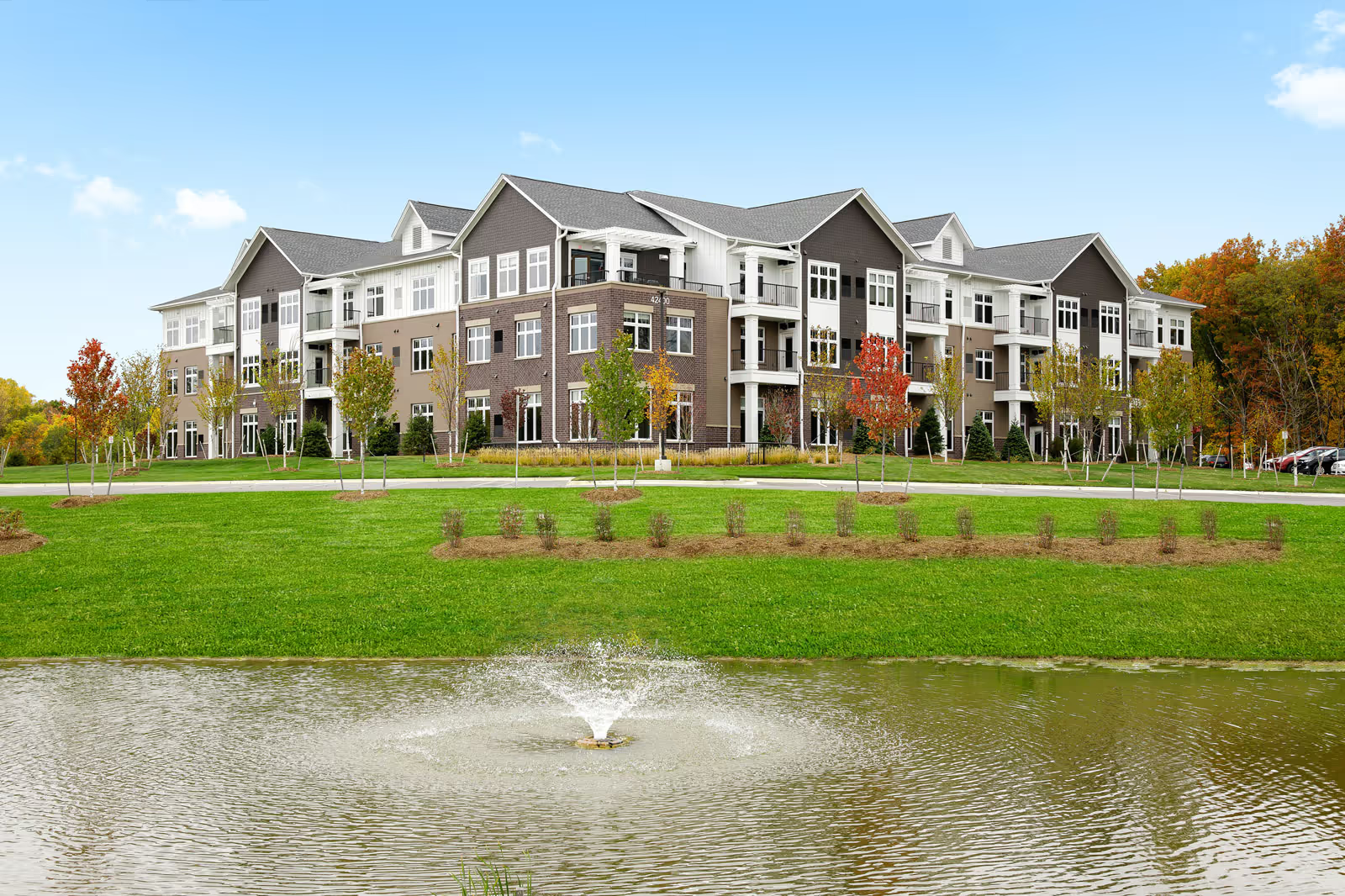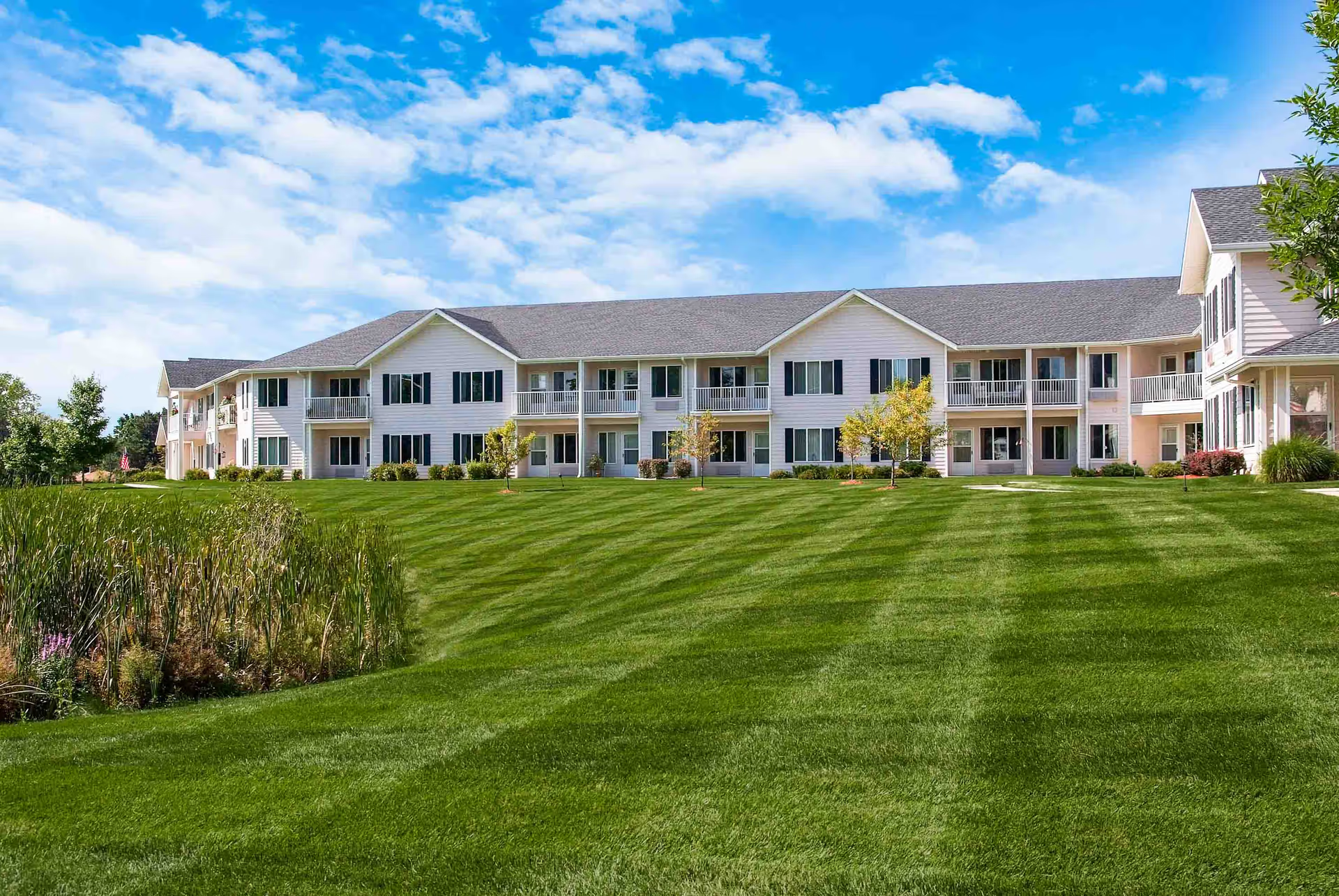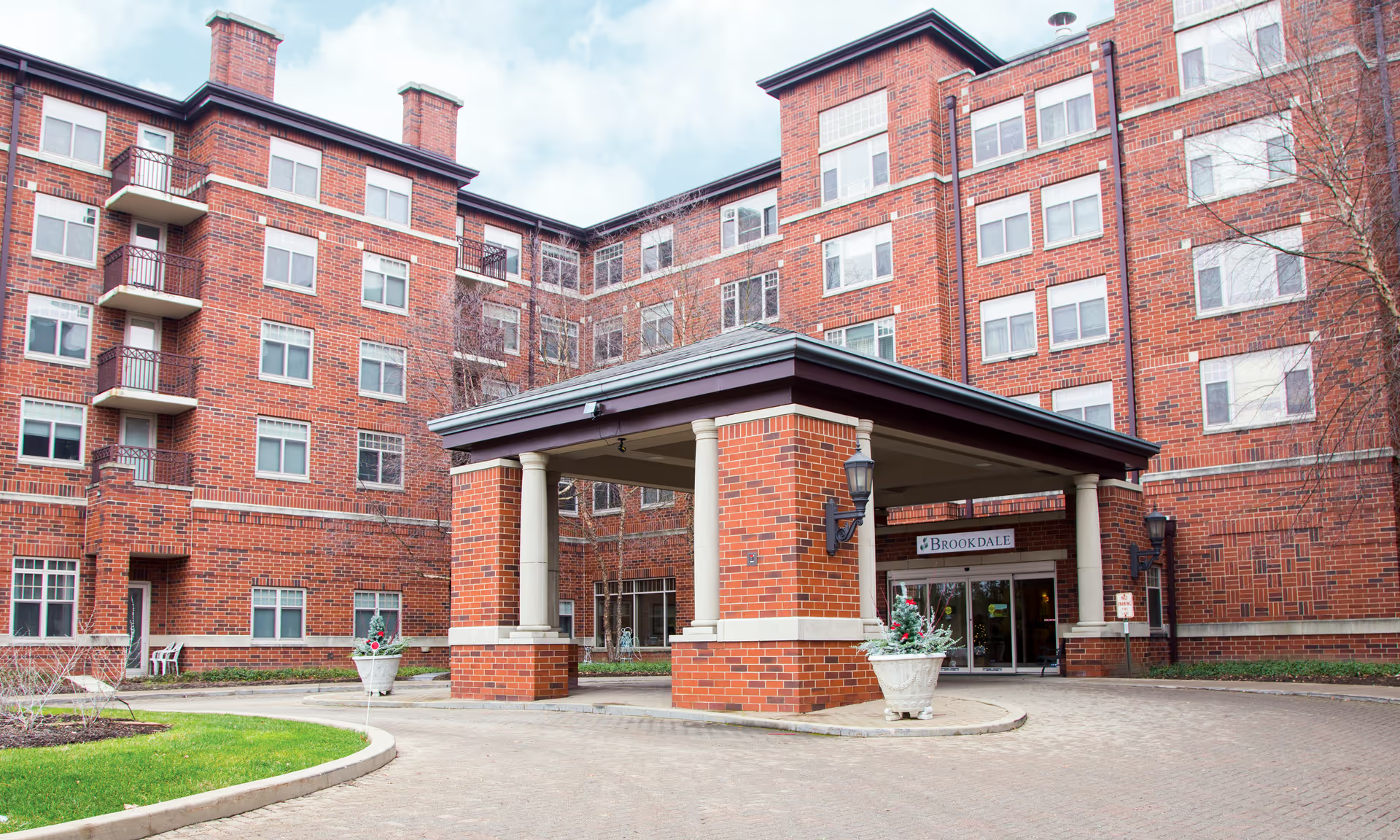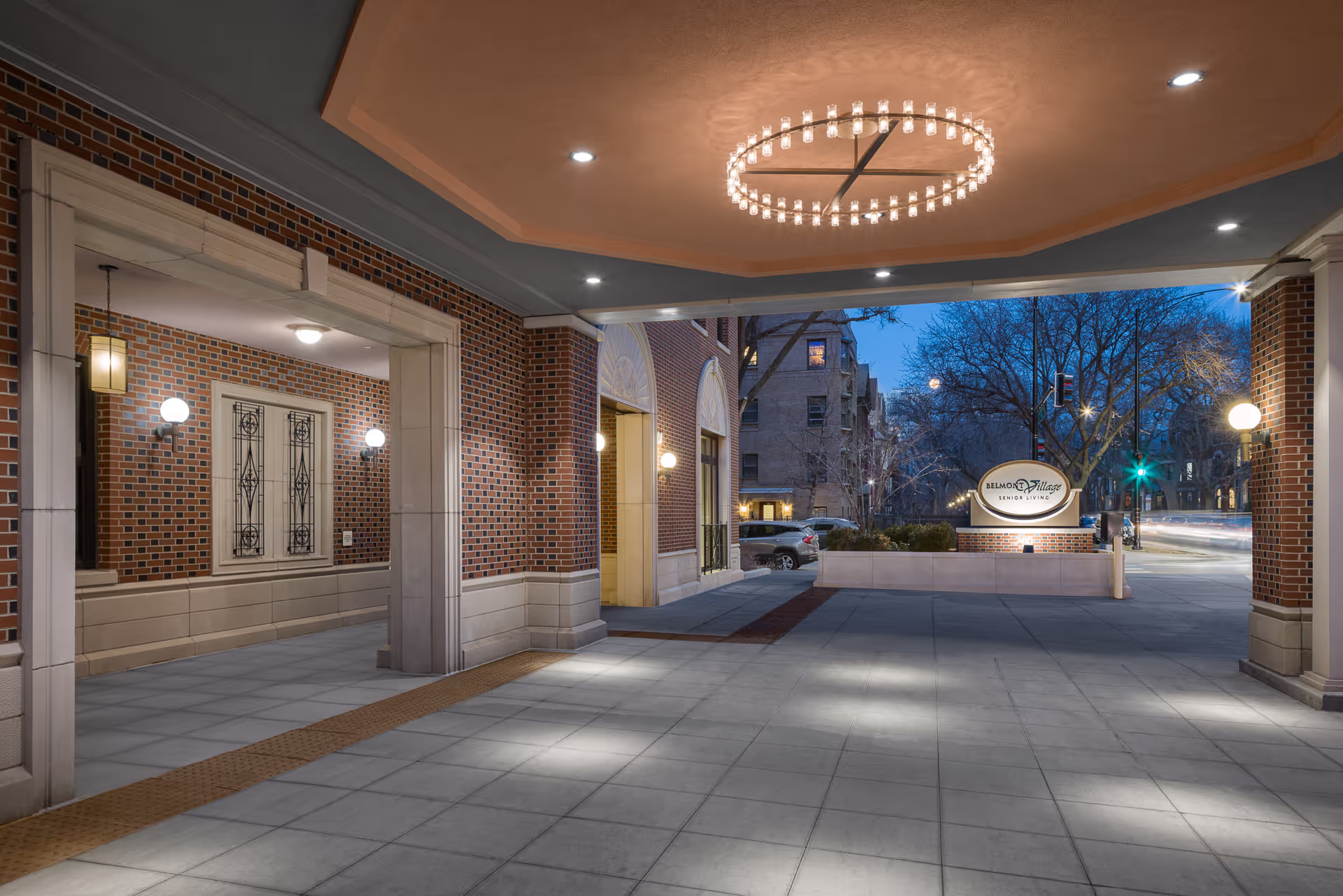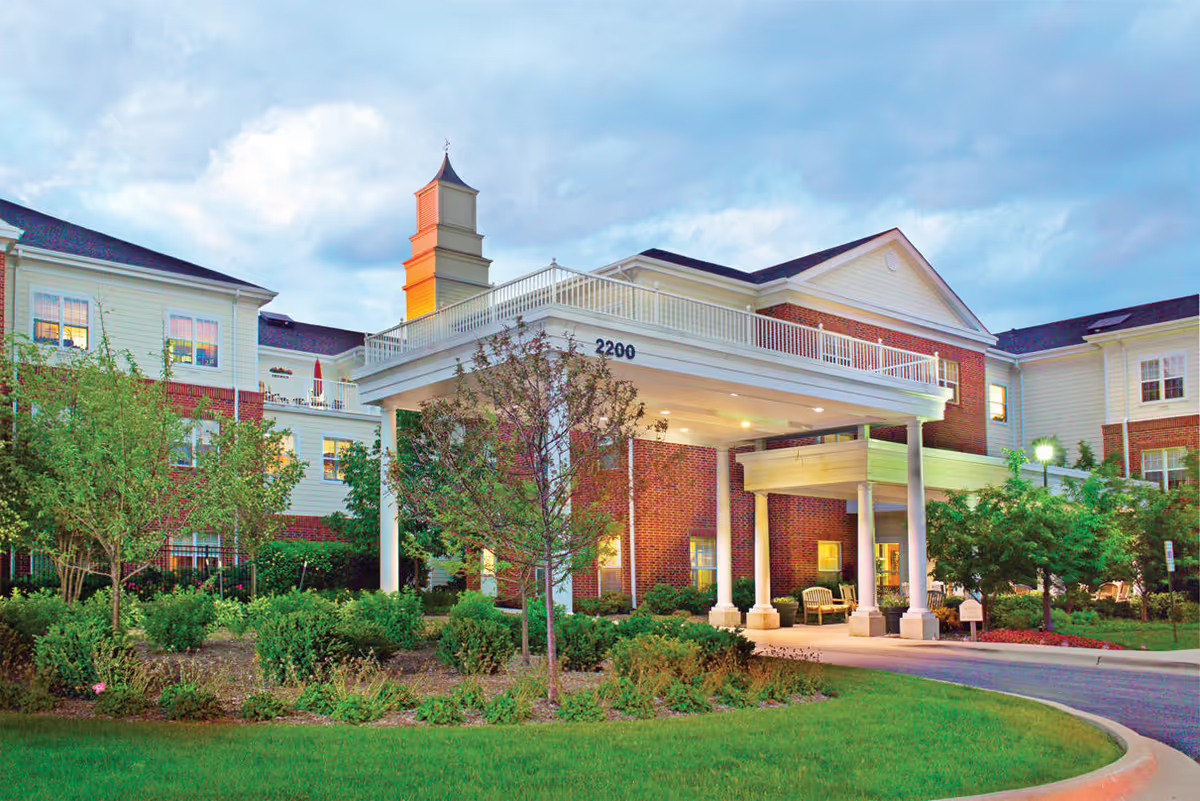These reviews present a strongly mixed portrait of Village of East Harbor: many families and residents praise the community, its amenities, and caring staff, while a substantial number report serious lapses in care, safety and management. Across the corpus, common positive themes are the facility’s attractive environment, broad continuum of care, active social programming, and numerous amenities. Multiple reviewers described the campus as clean, beautifully decorated and well maintained, with a comfortable dining room, a chapel, salon, therapy and rehab spaces, aviary and other touches that create a homelike atmosphere. The campus size, grounds and contained layouts were frequently cited as advantages for safety and resident enjoyment. Several reviewers emphasized that staff were friendly, compassionate and treated residents like family; certain nurses and therapists received individual praise for excellent, attentive care and strong outcomes, including effective wound care and therapy successes. The presence of on-site physicians, hospice support, shuttle services, and a variety of housing options (independent cottages, apartments, assisted living, memory care and skilled nursing) also stood out positively. Many reviewers spoke of an engaging activity calendar, frequent outings, spiritual programming and transportation that helped sustain resident quality of life. The community’s five‑star state rating and accounts of long-term satisfaction by families further underline that for many residents the facility functions very well.
However, an important and recurring counter-narrative is present: a sizable number of reviews allege inconsistent or even dangerous care. These negative accounts are not merely minor complaints but include reports of neglect (unwashed faces, crusted dentures, soiled linens), serious safety incidents (falls resulting in broken arms, pelvic fractures, subdural hematoma and delayed ER transfer), and claims of physical mistreatment by aides. Multiple families reported that call lights went unanswered, bathroom needs were not monitored, and staffing shortages—particularly at night and on long 12-hour shifts—left residents waiting for fundamental care. Several reviewers described medication errors or poor medication communication (meds given during meals without explanation, missed psychiatric meds, wrong meds), and some noted that no physician saw the resident during a stay even when serious events occurred. These reports were sometimes accompanied by allegations of management indifference, rude leadership, ignored complaints, and administrative miscues (paperwork errors, billing disputes, alleged improper financial demands). The contrast is stark in places: where some reviewers describe wound-care 'miracles' and compassionate end-of-life support, others recount neglect so severe that photos and documentation were taken and families sought external legal or guardianship intervention.
Rehabilitation and clinical responsiveness come up repeatedly as mixed. Several reviewers praised an active rehab team that provided daily therapy, meaningful progress and engaged clinicians. Conversely, others reported short or ineffective therapy, premature discharge for 'not progressing', poor prognostic communication, and therapy staff who did not provide care when needed in-room. This variability extended to nursing skill levels: some described a favorable nurse-to-resident ratio and attentive RNs, while others reported unskilled nursing, failure to monitor urination or hydration, and lack of daily clinical documentation. Family communication was another polarizing theme—some administrators and front-line staff were lauded for responsiveness and compassionate explanations, while multiple reviewers said communication was poor, late, or dismissive, particularly after adverse events.
Dining and housekeeping also drew sharply different impressions. Many reviewers praised very good meals, accommodating dietary needs, and pleasant dining spaces. At the same time, other families reported repeatedly wrong meals, low-quality food, and significant lapses in cleanliness (bugs, dirty walls, nonfunctional TVs, worn furnishings). COVID-19 policies and visitation restrictions were mentioned as causing emotional strain for families and limiting activities at times.
Cost and access issues are consistent threads. Several reviews called the community expensive, citing move-in or monthly costs in the $5,000–$6,400/month range and an example of $290/day after certain benefits ended. Though transitional Medicaid and some Medicaid beds exist, reviewers noted limited availability and concerns over overall affordability. This financial dimension colors family decisions given the disparity in reported quality: for the price, some families felt expectations were met or exceeded, while others felt the cost was not justified given neglect or unsafe events.
Finally, a clear pattern emerges that care and experience can vary dramatically by unit, shift, and over time. Many reviewers explicitly note that staffing changes, managerial turnover or specific staff (both positive and negative) heavily influenced outcomes. Prospective families should interpret these reviews as evidence that the facility can deliver high-quality, compassionate care and an enriching environment, but that vigilance is warranted. Important considerations before a move include asking about recent staffing levels and turnover, night staffing ratios, call-light response times, incident and fall reporting processes, how medication administration is documented and communicated, therapy protocols and benchmarks, management escalation paths, and current occupancy of Medicaid beds. Visiting multiple times, meeting nursing and therapy staff, and checking recent state inspection reports and complaint histories will help prospective residents and families weigh the documented strengths against the serious concerns raised by others.

